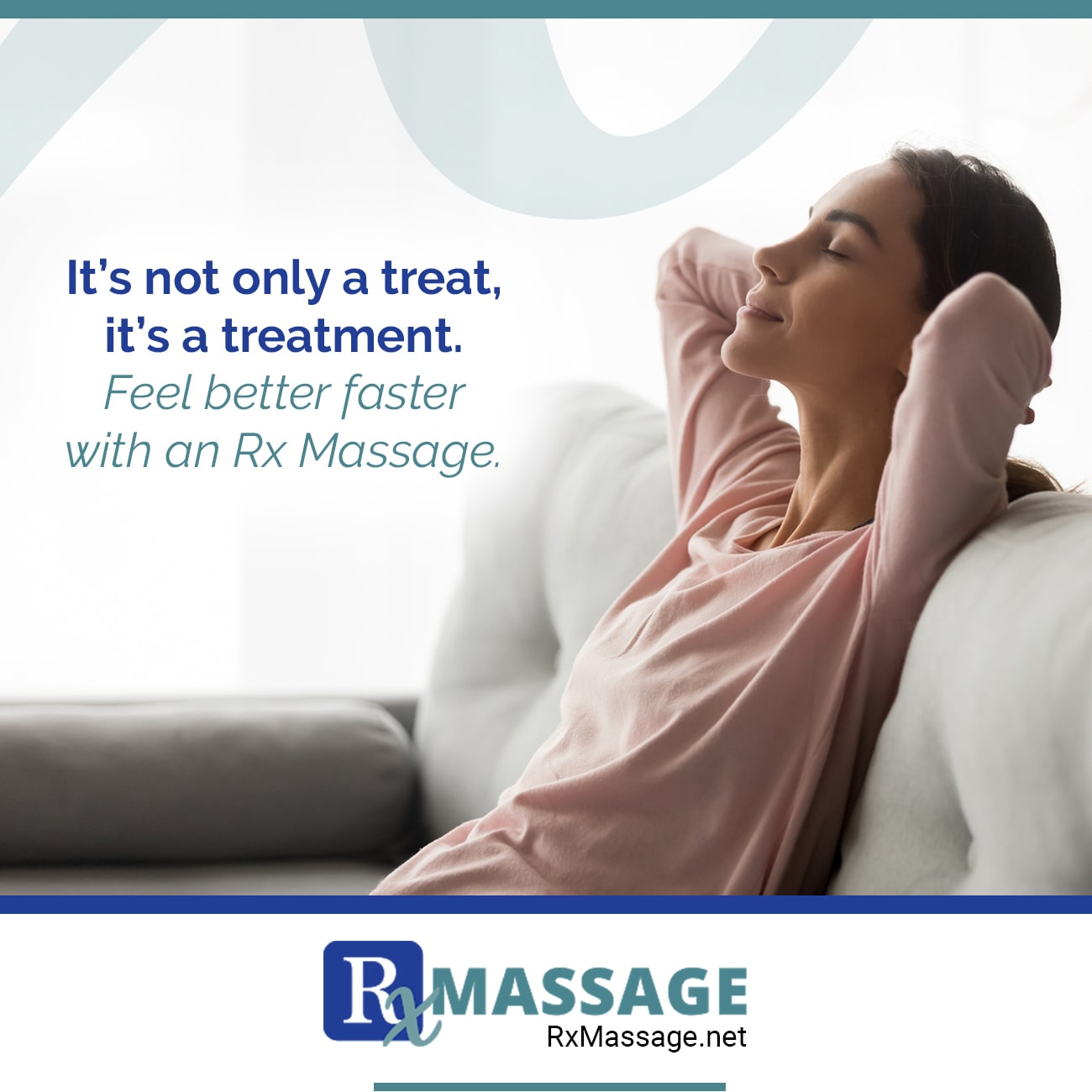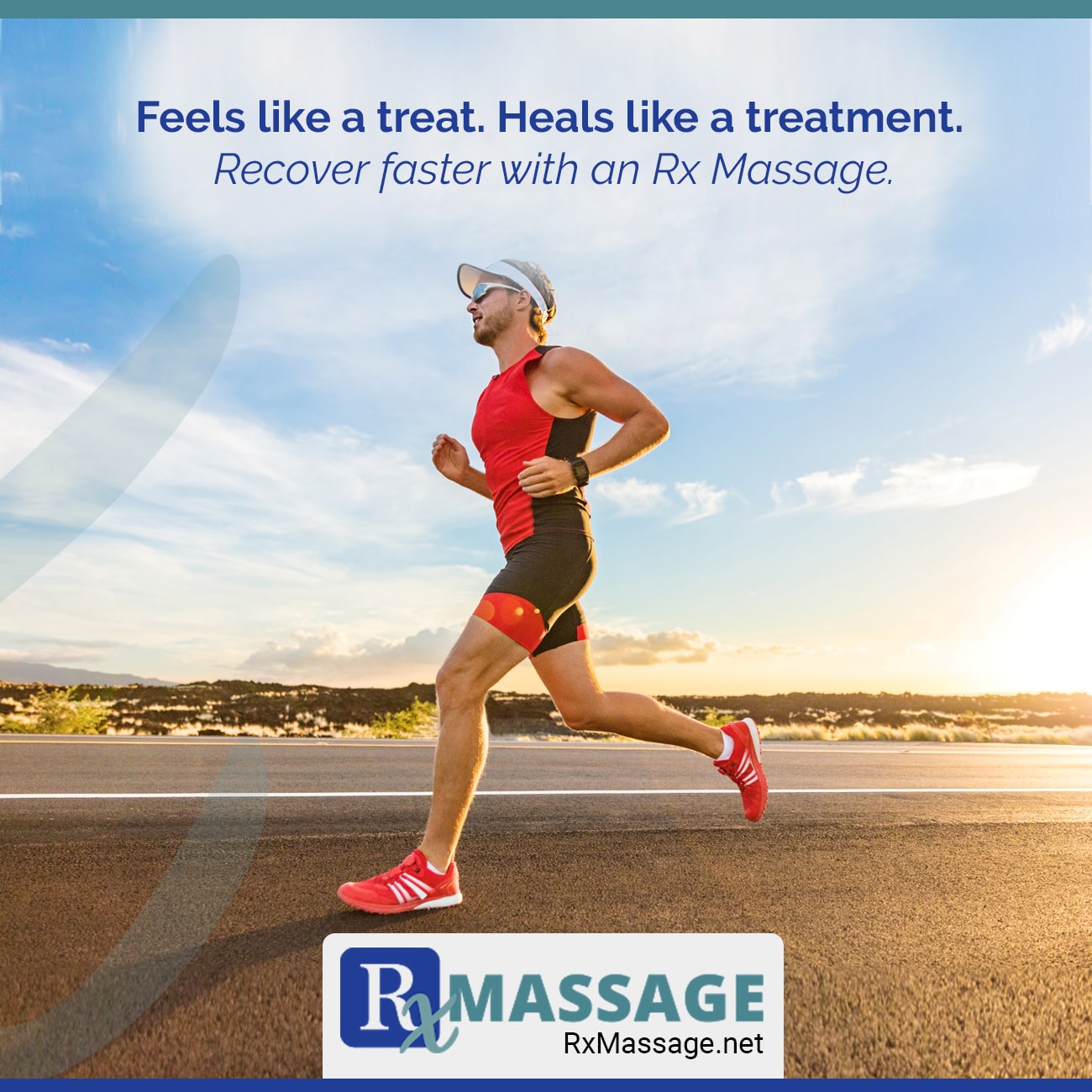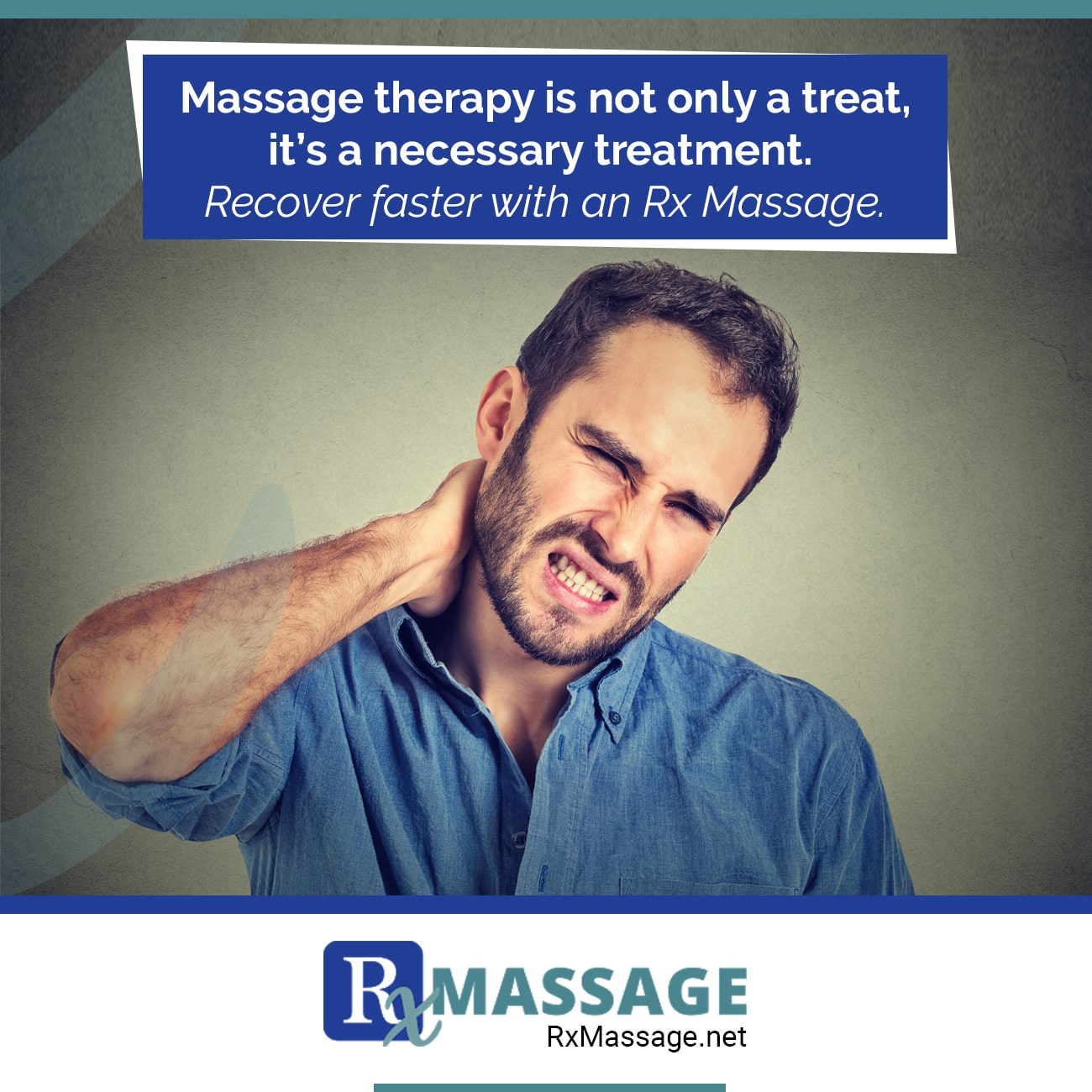Benefits of Knee Massage
Because many of the commonly prescribed treatments for knee pain have side effects and some are of limited benefit, many people are left searching for alternative options. One such treatment is knee massage. Several different studies have found that massaging a sore or arthritic joint can have a number of benefits including:
- Bringing blood flow to the joint
- Improving circulation in the area
- Reducing the swelling
- Bringing in new joint fluid
- Reducing overall pain and stiffness
Massage may also help improve the tone and increase the overall flexibility of the muscles that lend support and stability to the affected knee.
While these physiological benefits are important, what is truly impactful is the effect they may have on your daily life. Research seems to suggest that massage therapy can positively affect pain levels, stiffness, and overall day to day function in individuals dealing with osteoarthritis in their knees.2 This seems to be especially true in the short term when dealing with a flare-up of pain.
One other benefit is that there are minimal side-effects associated with massage. While this intervention is not meant to replace more traditional treatments like physical therapy, weight loss, and pain medication, it can be a nice supplement that rarely has negative consequences.
Tips for Knee Massage
If you want to try massage for your painful knees, it’s important to make sure you do so safely. First, be sure to speak to the healthcare provider that manages your pain to ensure that massage is appropriate for you. Certain styles of massage may be inappropriate and even harmful for people with an inflamed joint, so it is best to talk to your doctor first.
Also if you have certain conditions, you may way to steer clear of massage as it may have a negative impact. These conditions include:
- Pre-existing high blood pressure
- Osteoporosis
- Varicose veins
Finally, it is crucial to remember that a massage should improve your pain, not make it worse.3 The “no pain, no gain” philosophy is not appropriate under these circumstances.
Self Massage
If you want to try self-massage, the American Massage Therapy Association suggests the following techniques to help maximize the benefit of your treatment. These strokes can be performed with or without a lubricating agent (like moisturizer cream) and may even be done over loose-fitting pants.
-
- Begin by rhythmically drumming the palm of your closed hands on the upper, middle, and lower portions of your thigh. Keep the pressure light and complete 30 to 60 seconds of tapping in each section of your leg before moving on. When you finish, repeat the entire process two more times.
- Next, sit with your knee extended and your heel on the floor. Use the palm of your hand and glide from the top of your thigh down to just above the knee. Release the pressure and repeat the stroke five to 10 more times.
- After you have finished with the top of the thigh, repeat this same sequence on the inner thigh and the outer thigh. Again, complete five strokes in each area.
- Once you finish with the thigh, use all of your fingers and press firmly into the tissue surrounding the knee itself. Manipulate the area back and forth in short strokes and complete five repetitions on the top, bottom, inside, and outside of the knee.
- Finally, sit with your legs extended in front of you and use the palm of your hand to glide down your leg to your knee cap, over to the outside of the thigh, and back up to the starting position again. Repeat this sequence five times before finishing the self-massage.
Massage Therapist
If you are uneasy about performing a self-massage but still want to harness the potential of this treatment, a massage therapist can be a nice option. These professionals are trained to select the style of massage that is most beneficial for your painful or arthritic knees.
In fact, one study found that participants with knee osteoarthritis who received a weekly, 60-minute massage for eight weeks had lower pain and better daily function in the short-term than those who received standard care.1 If you decide to visit a massage therapist, be sure to follow these helpful guidelines.
- Be open and clear with your therapist about your knee condition, including which movements or activities cause pain. This helps them customize your treatment to ensure it is beneficial.
- Communicate with the therapist if you are experiencing any pain during the massage. The ultimate goal is to reduce the pain, not increase it. As such, it is not productive to aggravate the area with overly aggressive techniques.
- If you have not gone to a massage therapist before, be sure to ask your doctor if there is an individual that they would recommend. You can also utilize the American Massage Therapy Association’s website to find a trained practitioner.
When to See a Doctor
While sore or arthritic knees can benefit from the massage techniques that are described above, it is important to pay attention to other important signs or symptoms that may suggest a more serious concern. If you are experiencing worsening pain, swelling, warmth, or redness in the knee or if your symptoms are accompanied by a fever or difficulty bearing weight through your legs, it is important to see your doctor. In addition, any knee pain that occurs after a trauma (like a fall or motor vehicle accident) should be reported to your physician immediately as more involved testing or treatment may be needed.
The techniques described above can be helpful in reducing your knee pain, however, they are not meant to substitute for a formal evaluation by your doctor. Be sure to keep open communication about your symptoms with your healthcare provider. Failure to do so may prolong your soreness and keep you from returning to your daily activities.
Find relief with a massage from one of our experts. Our highly trained and qualified massage therapists work to meet your individual needs – and your goals. Visit our Facebook page or give us a call at (949)-276-5401 to see how we can help you in getting your body feeling its very best! Don’t forget: Massage can assist with your workout recovery get you ready for that next race!
Reference: [https://www.verywellhealth.com/knee-massage-5092495]



